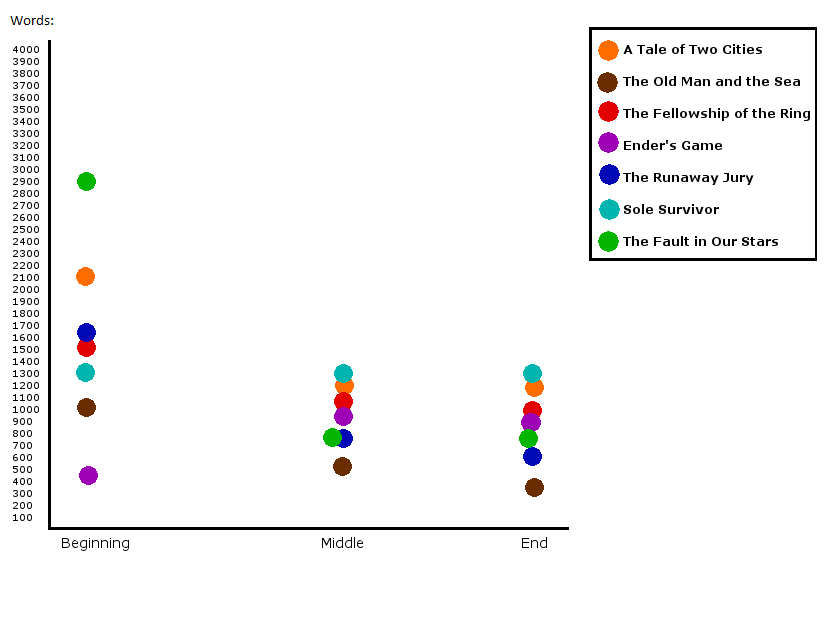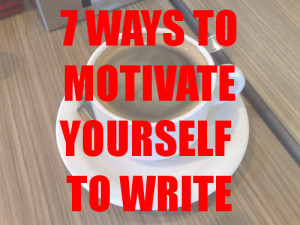Setting is as necessary as plot and character, but only as far as it influences plot and character, the way the water-starved planet Arrakis affects everything that happens in Dune.
No one reads a book for the scenery; it’s a nice bonus if described artfully, but it’s not what makes us crack the pages.
Yet so many writers spend paragraphs painting a picture before even touching on the action. Many try a “zoom in” approach, first describing a wide shot, like a city, then zooming in on a particular street or building, then zooming in further to describe a character. Only after all that do they finally get around to the story.
At best, this approach is risky, especially on the first page, when you only have seconds to secure a reader’s attention. So instead of dedicating whole paragraphs to weather, scenery, and character appearance, try dispersing it throughout the action and dialogue.
As an experiment, I’ve written two different versions of the beginning of a story. See which one grabs your attention sooner. Maybe you’ll disagree with me. Let me know in the comments.
VERSION ONE
The city went on forever, a steel and glass jungle clogged with concrete and grime. Skyscrapers rubbed shoulders with factories; trains shoved aside shops and cafés, and crowds oozed through bottleneck alleys.
In the bustle at the station on the corner of 3rd and Main stood a man with a brown coat and hat; a static chocolate freckle in a surging confetti sea. His face was round and crinkled; his eyebrows spikey and gray. He had two fingers shoved in the little pocket where he kept his watch, feeling the tick tock in his fingertips like the pulse in his veins.
It seemed like it was slowing.
How many ticks did he have left before the train came? How many tocks before he stepped aboard for the last time? How many heartbeats before he flinched at the hiss of the air brakes, anticipating the final exhalation of his own rattling lungs?
And then suddenly it was before him, light strobing off its speeding windows, the tracks screeching with sparks. Slower and slower until it stopped, staring at him.
The train was on time. He was about to be late.
Done? Now pretend you’ve forgotten that and read this version:
VERSION TWO
He had two fingers shoved in the little pocket where he kept his watch, feeling the tick tock in his fingertips like the pulse in his veins.
It seemed like it was slowing.
His brown hat bowed as he squinted at the minute hand. How many ticks did he have left before the train came? How many tocks before he stepped aboard for the last time? How many heartbeats before he flinched at the hiss of the air brakes, anticipating the final exhalation of his own rattling lungs?
The endless city seemed to press down on him, a steel and glass jungle clogged with concrete and grime. But he stood frozen in the bustle, a static chocolate freckle in the surging confetti sea at the corner of 3rd and Main.
He could almost feel it scream closer, slipping beneath skyscrapers that rubbed shoulders with factories, squeezing past overflowing shops and cafes, shoving aside crowds that oozed through bottleneck alleys.
And then suddenly it was before him, light strobing off its speeding windows, the tracks screeching with sparks. Slower and slower until it stopped, staring at him.
The train was on time. He was about to be late.
–
Leave your verdict in the comments!
–








